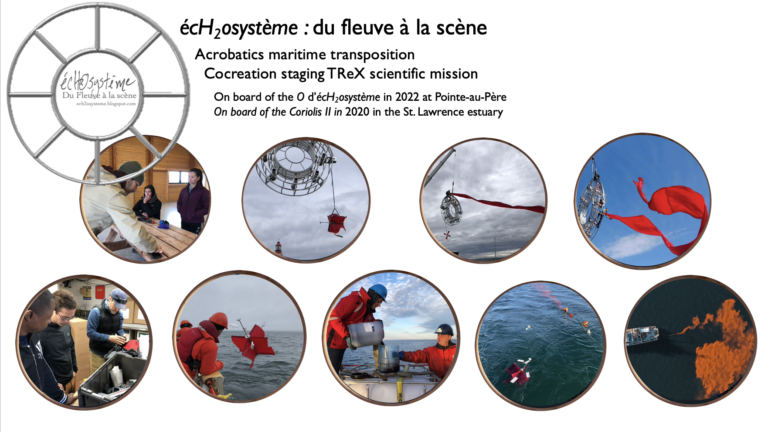Tracer Release Experiment
- About
- Surface Experiment
- Deep Water Experiment
- Social Science
- TReX Graduate Students and Postdoc Research Projects
- Publications and Media
- Related Initiatives
- Contacts
About
Responding to emergencies, managing coastal environments sustainably, projecting the impact of human activity and climate change on marine ecosystems, and ensuring safety and well-being of coastal communities require having timely access to appropriate information about the state of the ocean and its evolution. This information must be properly used, understood, and communicated among individuals at various organisations involved in response management.
The overarching objective of the joint RQM-MEOPAR project called Tracer Release Experiment (TReX) in the Gulf of St. Lawrence is to develop and demonstrate Canadian capacity for the forecasting of contaminant dispersal and biogeochemical transformation in coastal marine environments. This project is linked to a response component involving government agencies responsible for responding to accidental releases of contaminants.
The study is designed to act as a research aggregator that draws together modelling, observational, and response teams from across Canada, from government and academia. Three key sub-objectives of the project are to:
- validate and compare models of ocean dispersion of water and contaminants, including models developed as part of MEOPAR projects, as well as by the government
- test and demonstrate newly developed technologies to rapidly assess the marine environment
- improve our understanding of rates of chemical and biological transformations in coastal environment
This project is composed of two field experiments in the St. Lawrence system:
- The surface experiment involved the release of a dye and Lagrangian drifters near the ocean’s surface in the Lower St. Lawrence Estuary.
- The deep water experiment involved the release of an inert chemical tracer in deep water, below the seasonal pycnocline, in the St. Lawrence Estuary.
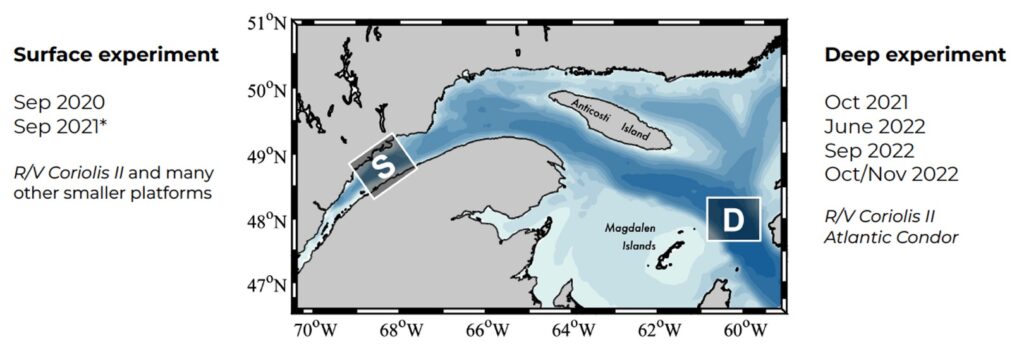
Surface Experiment
Two scientific expeditions took place (September 2020 and 2021) in the Lower St. Lawrence Estuary, in an area where the surface currents are measured in near-real time by multiple high frequency (HF) radars.
During the two expeditions, a fluorescent dye (rhodamine) was released and a variety of Lagrangian drifters (300 drifters of 8 different designs) were deployed from the research vessel the Coriolis II. The rhodamine patch was tracked using two micro-autonomous underwater vehicles (AUV, Seaber and ecoSUB Robotics), a lightweight remotely-operated vehicle (ROV) and unmanned aerial vehicles (UAV). Also, an airborne LiDAR survey (co-sponsored by NASA and ECCC) was performed during the time of the experiment. The project team was able to track the patch for a few hours only, after which it was lost from any of the sensing technologies, including the human eye, aerial cameras and fluorescence sensors.
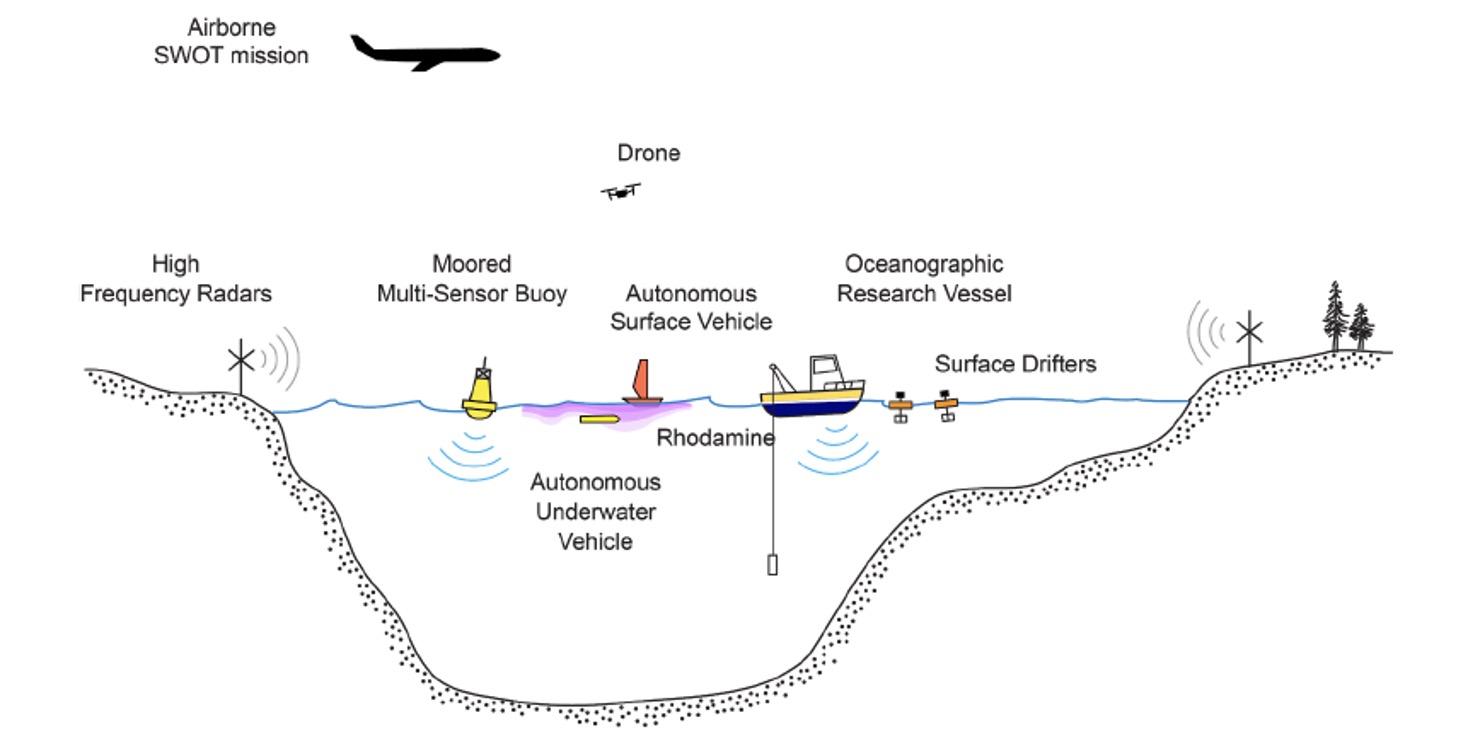
Figure 1. Cross-sectional cartoon of the St.Lawrence showing the technologies deployed for the near-surface experiment.
Photos: Release of the fluorescent dye (rhodamine) and deployment of the drifters in the St. Lawrence by the project team as part of the surface experiment. Satellite image showing the dye patch (circle), taken by Sentinel-2 from the European Space Agency. Photos credits: Geneviève Dupéré, Dany Dumont, Ocean School.
The drifters, on the other hand, were tracked over a period of days to weeks via GPS which allowed the monitoring the drifters trajectories from the deployment site all the way to the Gulf of St. Lawrence and the Scotian Shelf in some cases.
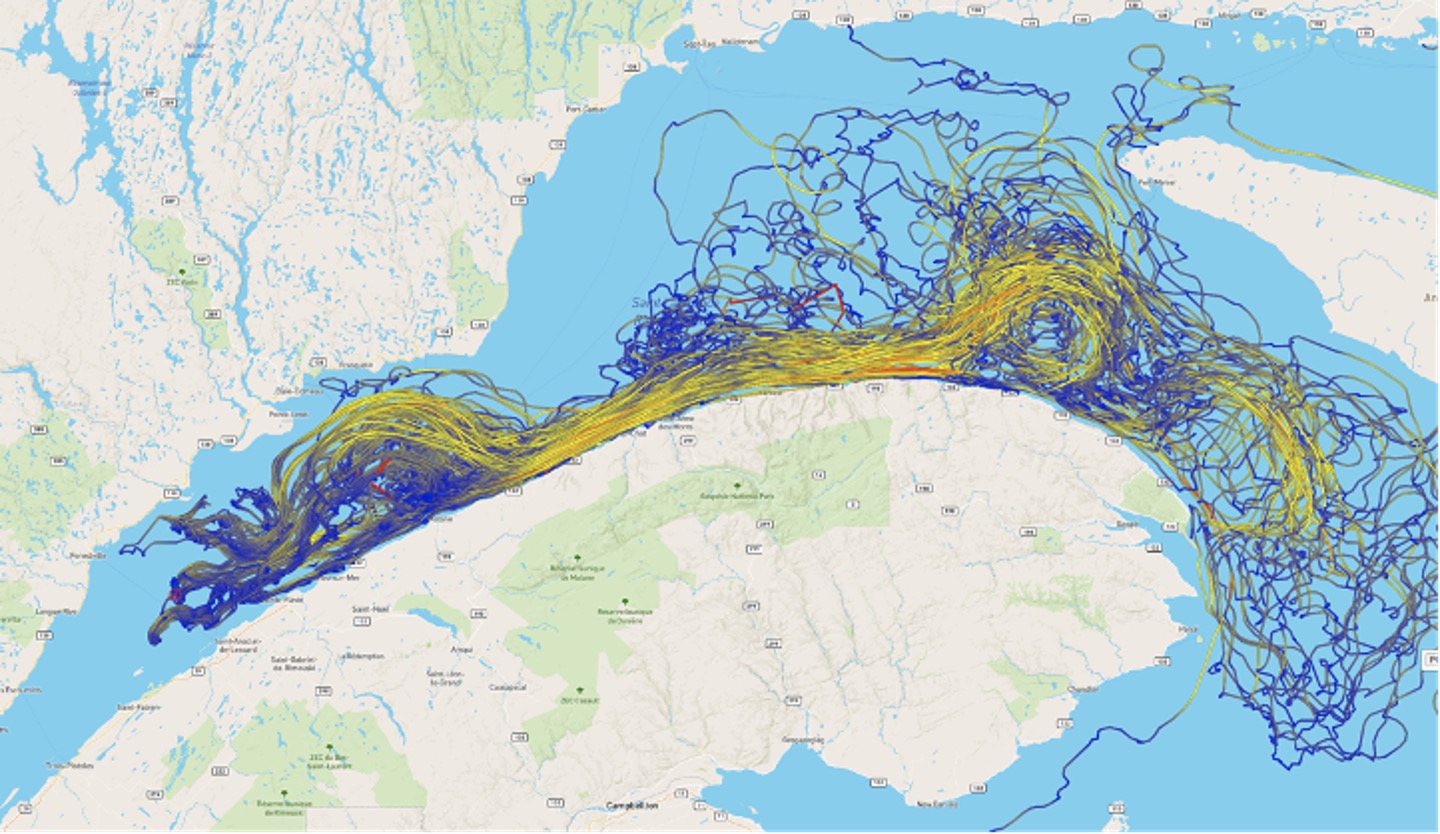
Figure 2. Drifters trajectories. Courtesy of Katia Stankov and Dr. Rich Pawlowicz (University of British Columbia). https://drifters.eos.ubc.ca/sites/default/files/maps/deployment1/mapSL.html
Despite all the technologies deployed to track and monitor the rhodamine patch, the project team was not able to track it for more than five to six hours. Indeed, the rhodamine patch dispersed rapidly, and they were not able to see any trace of rhodamine visually.
Also, the drifters that were deployed in the original rhodamine patch, drifted away from it. This means that the drifters tested in this experiment are not an efficient tool, as part of a response strategy, to track a substance spill at the surface of the water. Any spill of a sinking or water-soluble pollutant would thus be extremely difficult to track using today’s technologies. Hence, forecasting systems using numerical models, remains in this case the only tool for risk assessment which could provide the probability of occurrence of pollution in time and space. Indeed, the fact that many different drifter designs were launched simultaneously allowed characterizing with great detail how currents vary vertically, near the surface of the ocean, highlighting the great potential of such project to improve models.
Thanks to this large-scale collaborative effort, the TReX Project team could collect data that are and will continue to be used and analyzed to better understand and predict substance spill on the surface of the water in the St. Lawrence, and hopefully to better response planning and operations.
Deep Water Experiment
In October 2021, a scientific cruise was held on the Coriolis II to release the inert chemical tracer (SF5CF3) in the water North East of the Cabot Strait in the Gulf of St. Lawrence. The tracer was successfully injected in the water on the 27.26 density surface within +/- 2 meters of the targeted density (approximately 250 m below the surface). The tracer release was conducted by a team from GEOMAR (Kiel, Germany) using a custom tracer-injection system.
Along with the tracer, deep water drifters were deployed. The deep water drifters were equipped of GPS which allowed to indicate the position of the drifters when resurfacing in the weeks/months following their deployment. During the scientific cruise, water samples were collected for a wide range of biogeochemical parameters and the tracer. Two gliders (one from Dalhousie, one from Memorial) were operational and measuring oxygen in the water during this mission.
Photos: Modular units with laboratory facilities and equipment used for the release of the inert tracer in the Gulf of St. Lawrence. Graduate students participating to the TReX deep water cruise. Recovery of the glider deployed during the mission. Photos credits: Douglas Wallace, Nicolai Bronikoski (glider).
The tracer dispersion in the Gulf of St. Lawrence was simulated using existing numerical models, guiding the project team tracer sampling in the months following its release. In the following months, the tracer was sampled through a combination of dedicated survey cruises and, opportunistically, from monitoring programmes conducted by the Department of Fisheries and Ocean Canada (DFO).
- June 2022: A MEOPAR-supported cruise on the Coriolis II measured the tracer spreading in the Gulf of St. Lawrence.
- September 2022: A tracer sampling was conducted, in the Laurentian Channel outside the Gulf, from the Atlantic Condor on a MORI-IDD cruise .
- October 2022: A survey of the tracer spreading within the Gulf of St. Lawrence was conducted during an Atlantic Zone Monitoring Program cruise led by DFO.
The sampling of the tracer showed that it has spread in qualitative agreement with the current numerical prediction models. This highly successful Deep water experiment involved a subsurface release of an inert, chemical tracer within the Gulf of St. Lawrence, together with measurement of its spread through the deep channels of the Gulf over the following 13 months to date.
This deep water experiment represents a major scientific, technological and logistical achievement. It also is the first experiment of its kind ever conducted in Canadian waters. The rate of spreading of the tracer, in both horizontal and vertical dimensions, will provide a highly valuable “real-world” test of the models used to predict contaminant dispersion or the transmission of climate-related anomalies (e.g. of temperature and oxygen) through the deep waters of the Gulf of St. Lawrence.
RQM/MEOPAR TReX Graduate Student and Postdoc Awards Research Projects
RQM and MEOPAR collaborated on a joined called for proposal dedicated to graduate students and postdocs. The purpose of the Graduate Student and Postdoc Awards was to attract and support graduate students and postdocs to participate in the TReX project. Proposed research activities supported by this award had to fall under, and contribute, to the TReX project.
The Graduate Student and Postdoc Awards provided a stipend for students and postdoc enrolled in a graduate program while carrying out research activities on the TReX project. The award did not aim at funding the graduate student or postdoc stipend for the totality of their program, but rather fund the student and postdoc for a limited period of time during which the student or postdoc carried-out research activities on the TReX project that would contribute to a part of the student’s or postdoc’s research project.
As part of this funding program, graduate students and postdocs had to be supervised by a researcher from any NSERC eligible institution outside of Québec and “co-advised” by a researcher (e.g. university, government, etc.) in Québec who was participating/collaborating on the TReX project OR be supervised by a researcher from any NSERC eligible institution in Québec and “co-advised” by a researcher (e.g. university, government, etc.) outside of Québec who was participating/collaborating on the TReX project.
A total of 10 projects were co-funded by MEOPAR and RQM as part of this program.
- Large eddy simulation of surface layer mixing in the Saint Lawrence Estuary
- Tracking of rhodamine dye in a coastal estuary using autonomous and remotely-operated underwater vehicle technology
- Surface drift and small-scale dispersion due to Langmuir circulation
- Simultaneous Absorption and Fluorescence Using an Inlaid Microfluidic Approach for Tracer Rhodamine Experiments in the Gulf-of-St. Lawrence
- Sea spray aerosol production estimated during the tracer release surface experiment
- Measuring subsurface dispersion with inexpensive Lagrangian floats
- Dispersion à la surface de l’estuaire maritime du Saint-Laurent
- Prediction of contaminant dispersion in the Gulf of St. Lawrence via Deep Learning
- Estimation of Dispersion Regimes and Simulation of the Observed Dye Spreading from HF Radar Data
- Assessment of drift prediction in ocean models using Lagrangian analysis techniques
Publications
- Weagle, C. L., Saint-Louis, R., Dumas-Lefebvre, É., Chavanne, C., Dumont, D., & Chang, R. Y. W. (2022). Sea-air transfer of a tracer dye observed during the Tracer Release Experiment with implications for airborne contaminant exposure. Marine Pollution Bulletin, 182, 113945.
- Jutras, M., Mucci, A., Chaillou, G., Nesbitt, W. A., & Wallace, D. W. (2023). Temporal and spatial evolution of bottom-water hypoxia in the St Lawrence estuarine system. Biogeosciences, 20(4), 839-849.
- Stevens, S. W. and R. Pawlowicz (2023). Swish floats- an inexpensive neutrally buoyant float to monitor dispersion in coastal seas. Submitted to the Journal of Atmospheric and Oceanic Technology.
- Pawlowicz, R., C. Chavanne, D. Dumont (2023). The water-following performance of various Lagrangian surface drifters measured in a dye release experiment. Submitted to the Journal of Atmospheric and Oceanic Technology.
- Pawlowicz, R., C. Chavanne, D. Dumont, R. Hourston, D. Schillinger, N. Soontiens (2021). TReX Surface Dye Release Phase 1 Drifter Dataset. doi: 10.5683/SP2/EFTSXM
- Allum, D. (2022) Évaluation de la dérive et de la dispersion dans les modèles de l’estuaire du Saint-Laurent. CMOS Bulletin.
- Wallace, D.R., et al. (2023) The TReX Deep Experiment – An example of multi-disciplinary, multi-national, multi-sectoral collaborative research. Presentation at CMOS Congress 2023.
- Wallace, D.R., M. Jutras, W. Nesbitt, A. Donaldson, and T. Tanhua (2023). Can green hydrogen production be used to mitigate ocean deoxygenation? A scenario from the Gulf of St. Lawrence. Mitig Adapt Strateg Glob Change (2023) 28:56 (https://doi.org/10.1007/s11027-023-10094-1)
In the medias
- Tracer Release Experiment in the Gulf of St. Lawrence Buoyed by SPOT Satellite Technology
- Traquer les substances polluantes dans le fleuve Saint-Laurent avec le colorant. Interview with Dr. Dany Dumont, Radio-Canada. (in French only)
- Simulation de déversement sur le Saint-Laurent. Interview with Dr. Dany Dumont, Radio-Canada. (in French only)
-
Radio-Canada, Téléjournal Est-du-Québec. Interview (at 12min 55sec) with Dr. Cédric Chavanne. (in French only)
-
Objectif Saint-Laurent: À la dérive. Interview/documentary for Studio G with Dr. Ceéric Chavanne and Dr. Dany Dumont. (in French only)
-
Expérimentation en mer entre Rimouski et Forestville. Interview with Dr. Dany Dumont, Bonjour la Côte, ICI Radio-Canada Première. (in French only)
- Bilan de l’expérience du déversement de colorant dans le fleuve. Interview with Dr. Dany Dumont, Bonjour la Côte, ICI Radio-Canada Première. (in French only)
-
L’UQAR dispersera des colorants dans l’estuaire du Saint-Laurent pour une étude. Article in the newspaper Le Haute-Côte-Nord. (in French only)
Principal Investigators
- Dr. Cédric Chavanne (ISMER-UQAR): surface experiment
- Dr. Dany Dumont (ISMER-UQAR): modelling
- Dr. Douglas Wallace (DAL): deep water experiment
- Dr. Steve Plante (UQAR): social science
Organisations
- Réseau Québec Maritime: info-RQM@uqar.ca
- MEOPAR: info@meopar.ca
Project Partners



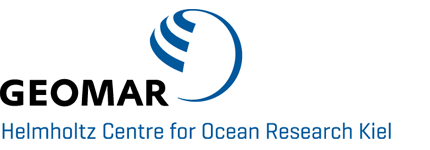

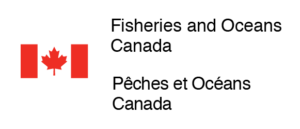




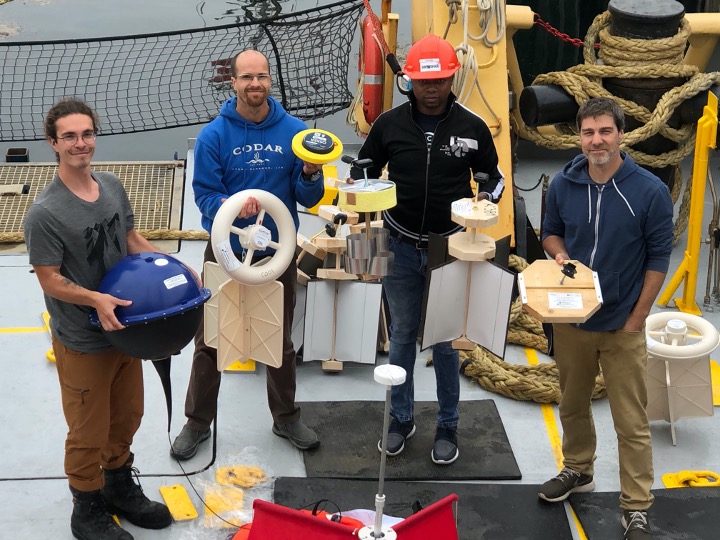
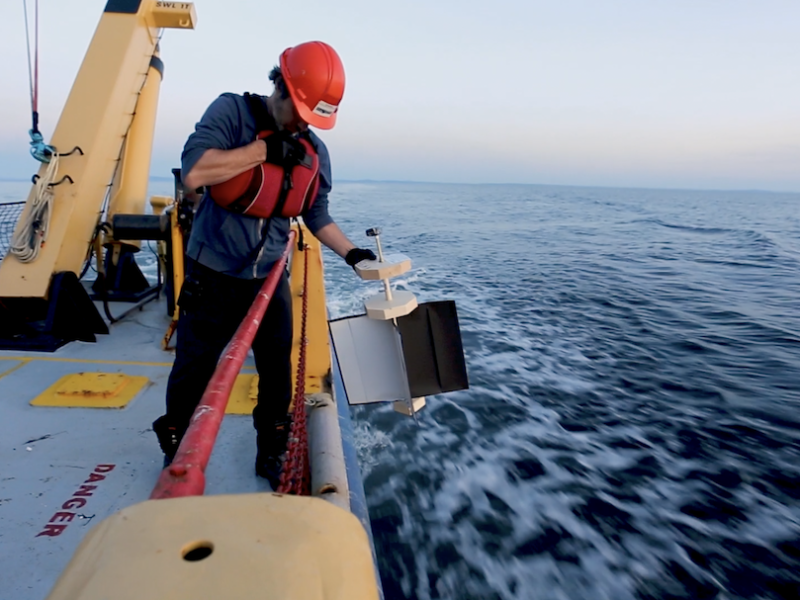
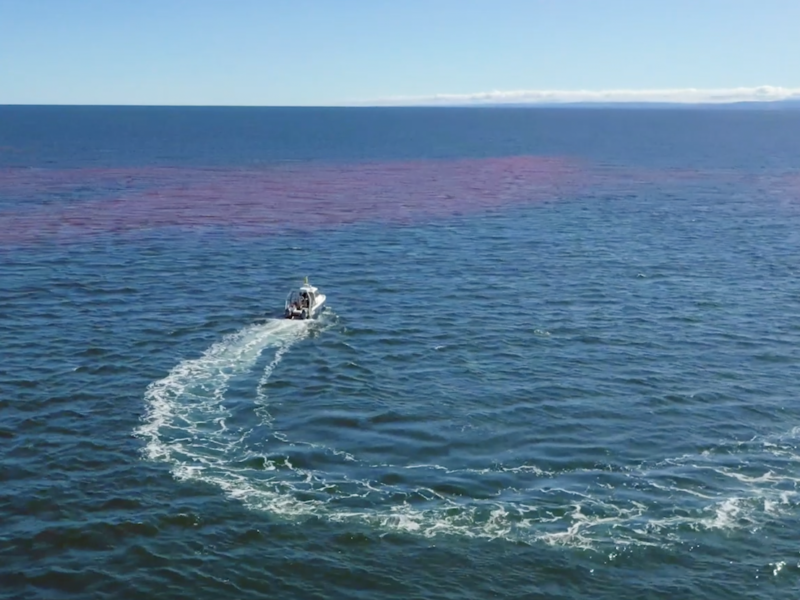

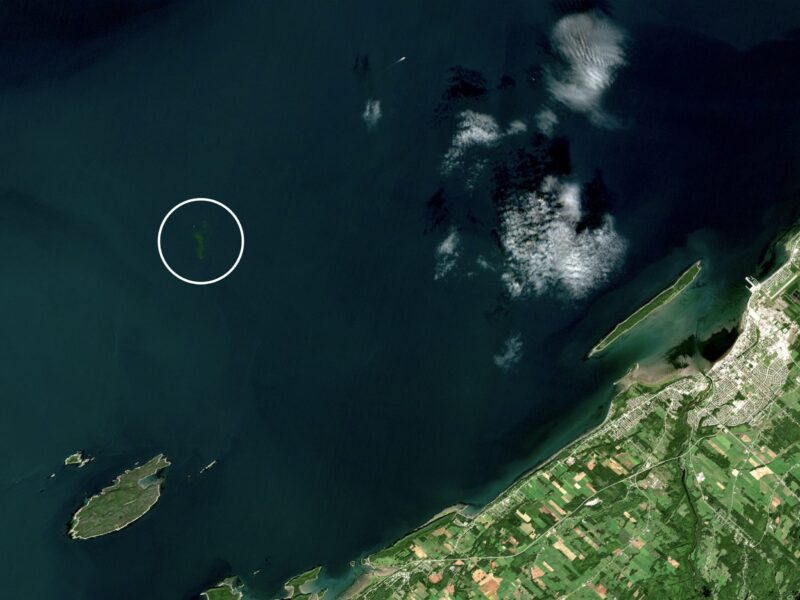
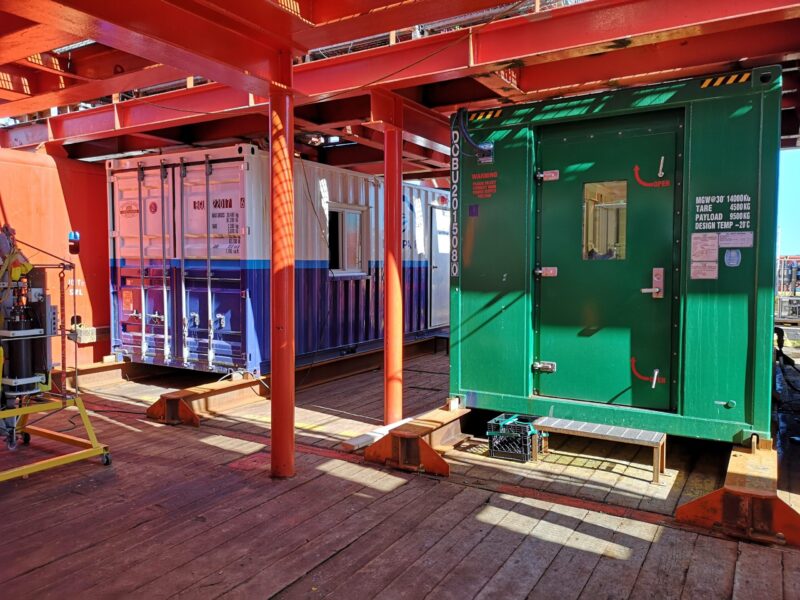
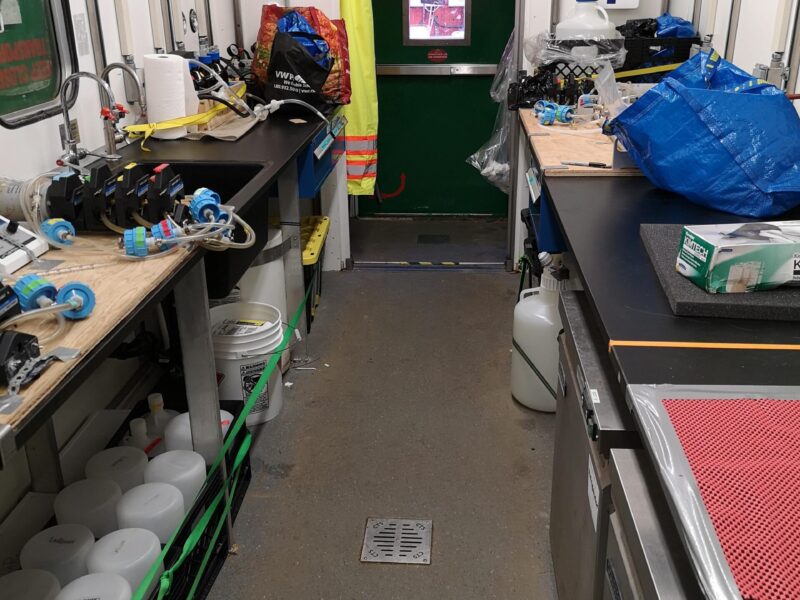
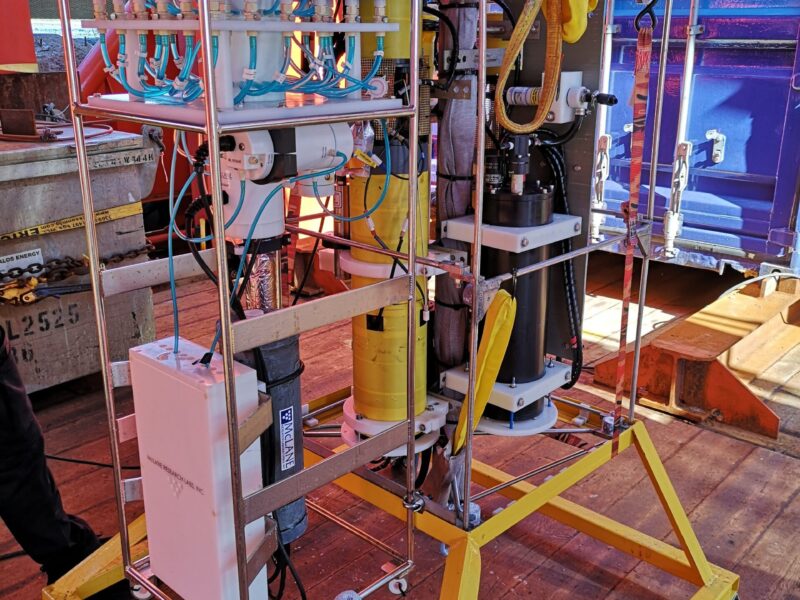
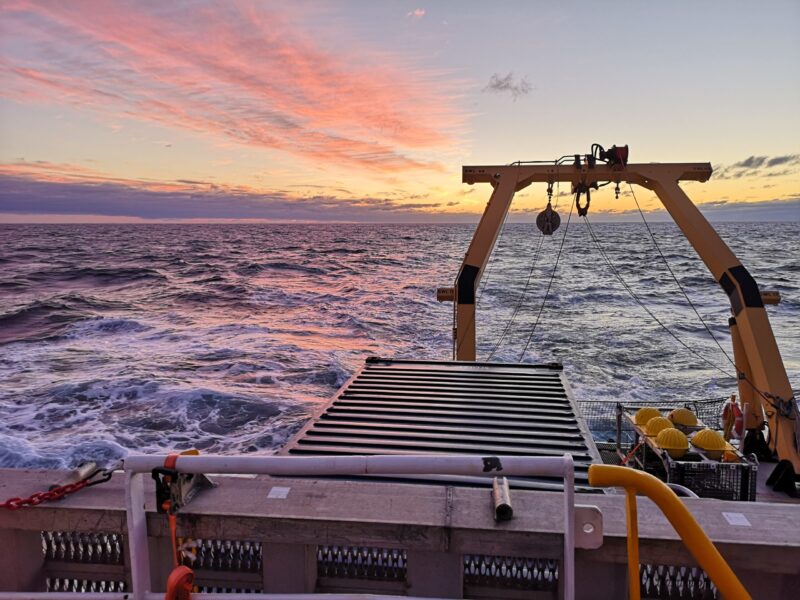
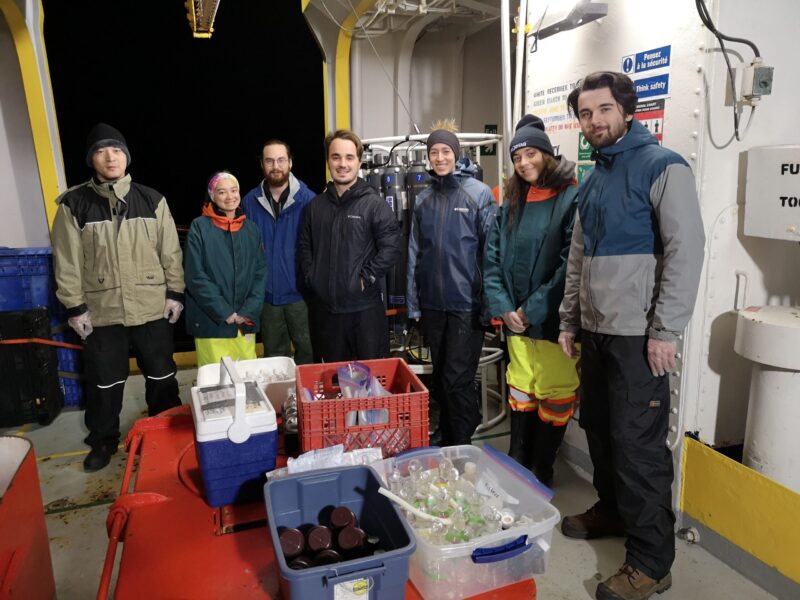
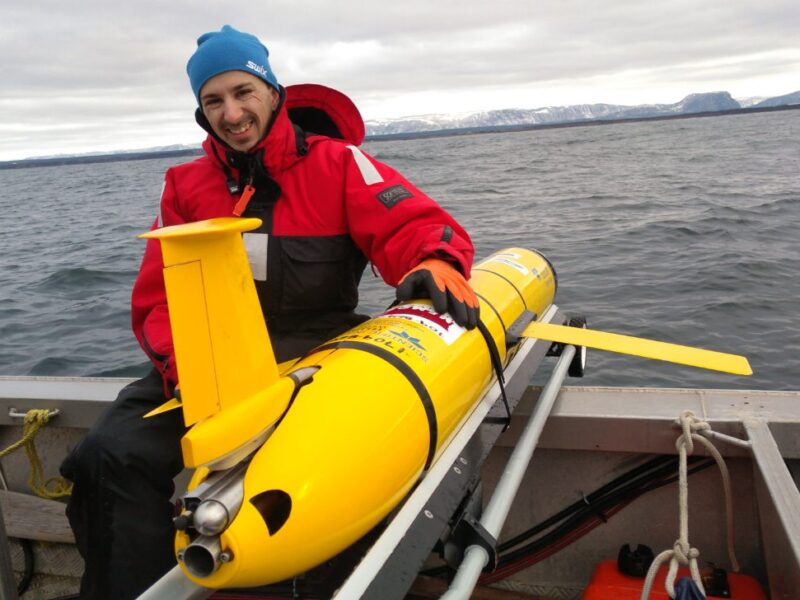
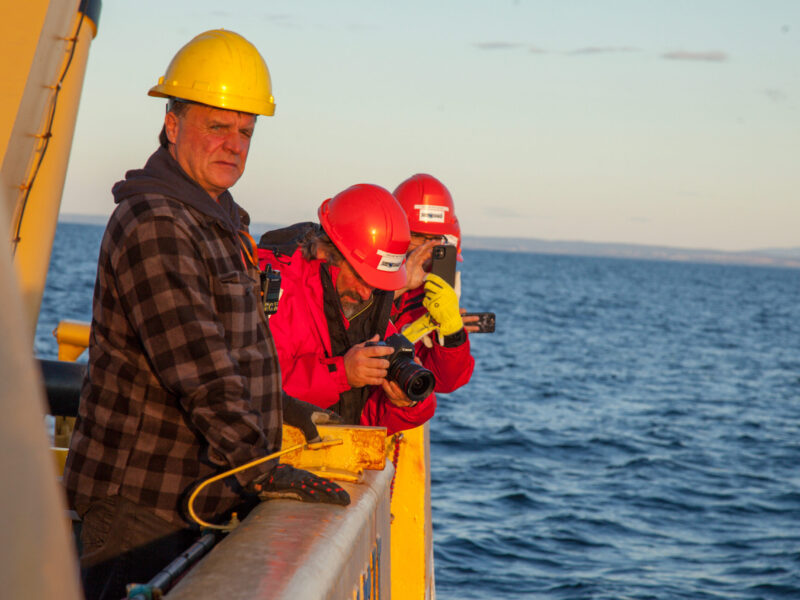
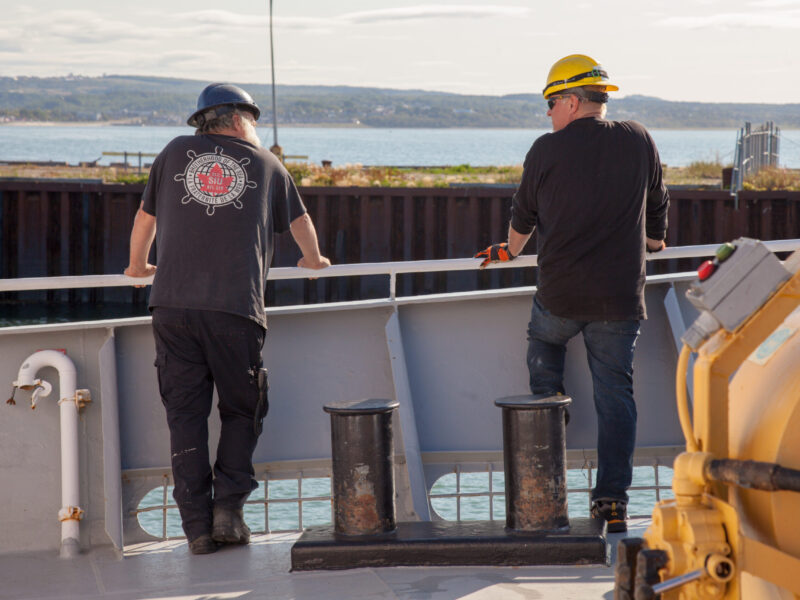
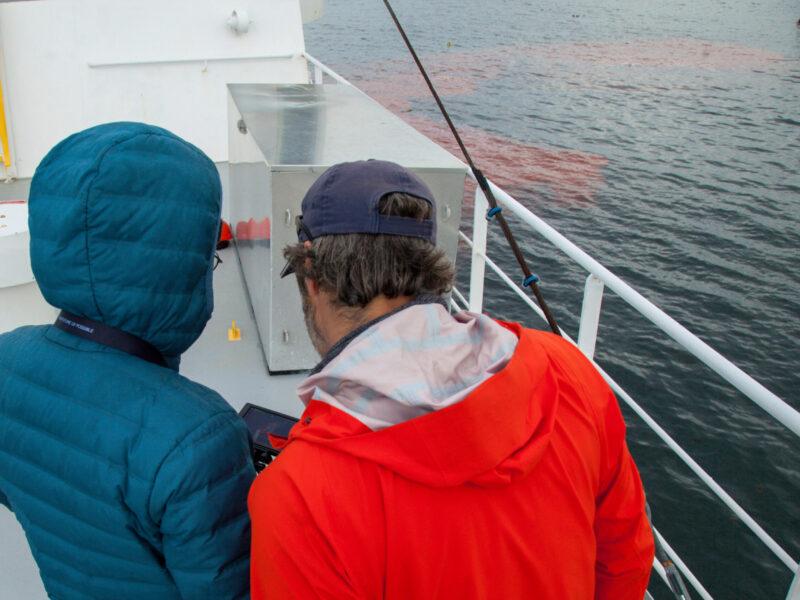
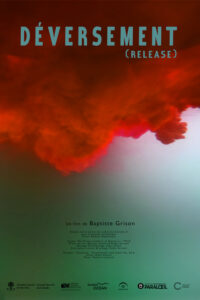 Baptiste Grison is a
Baptiste Grison is a 